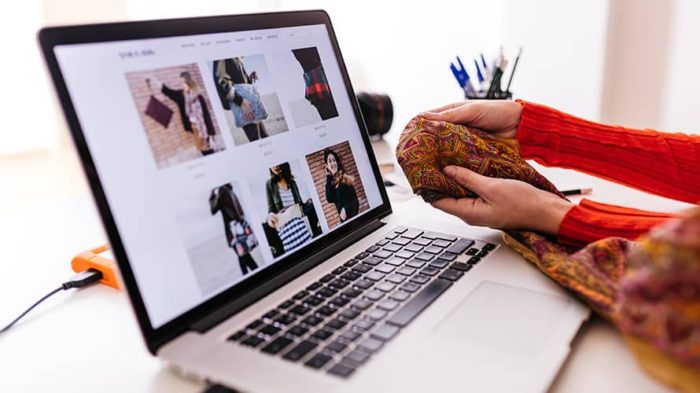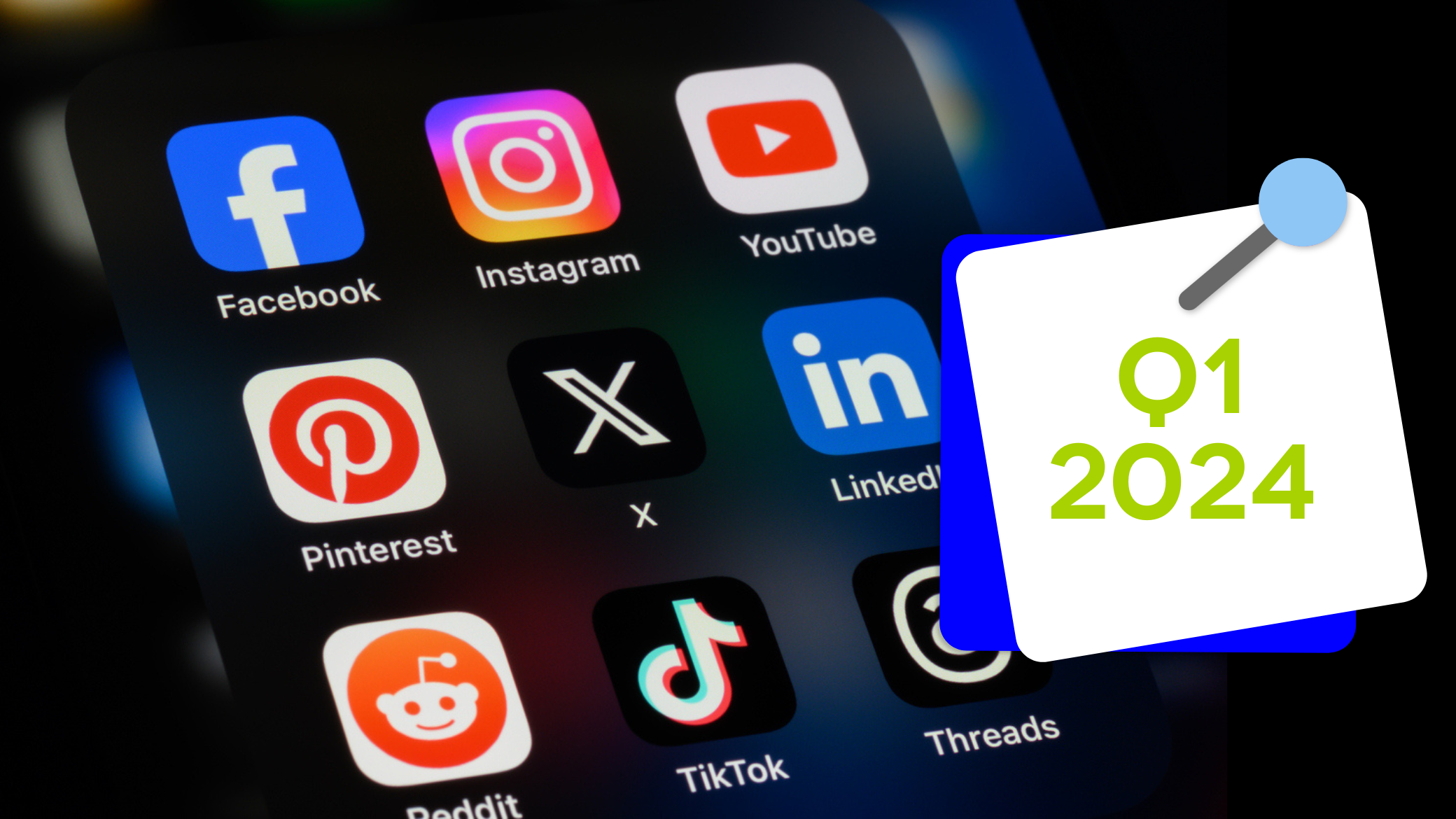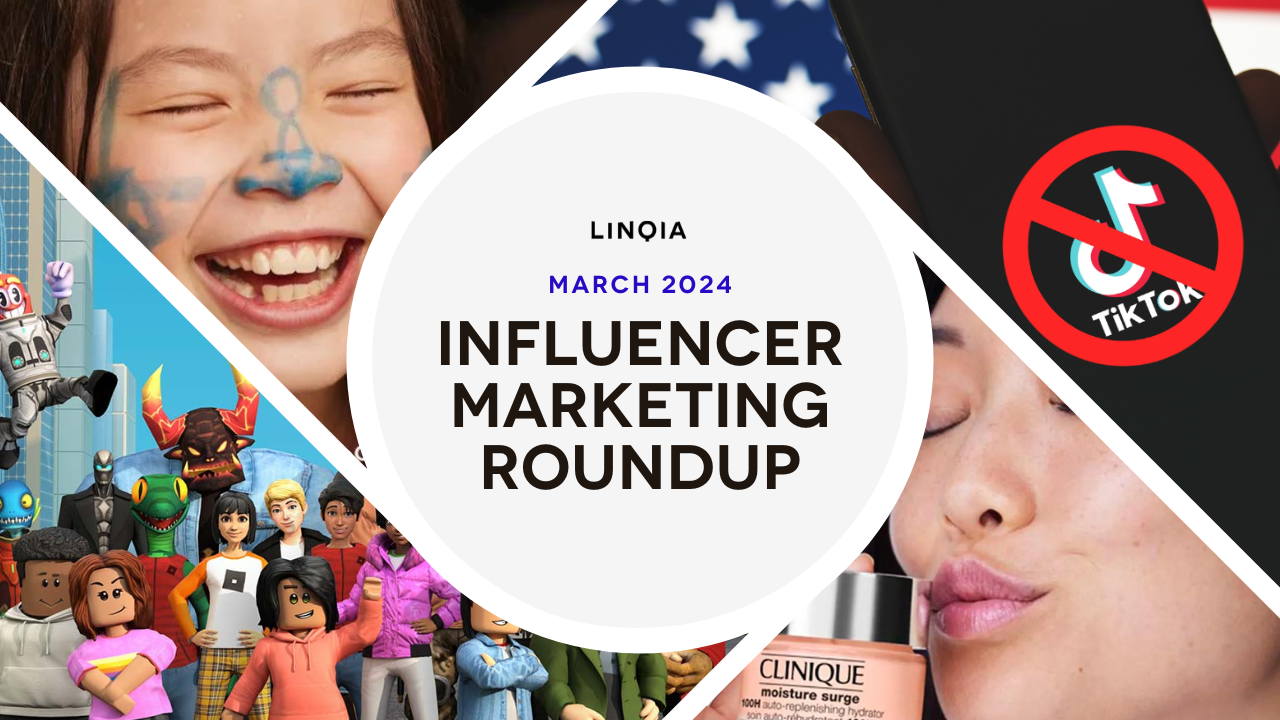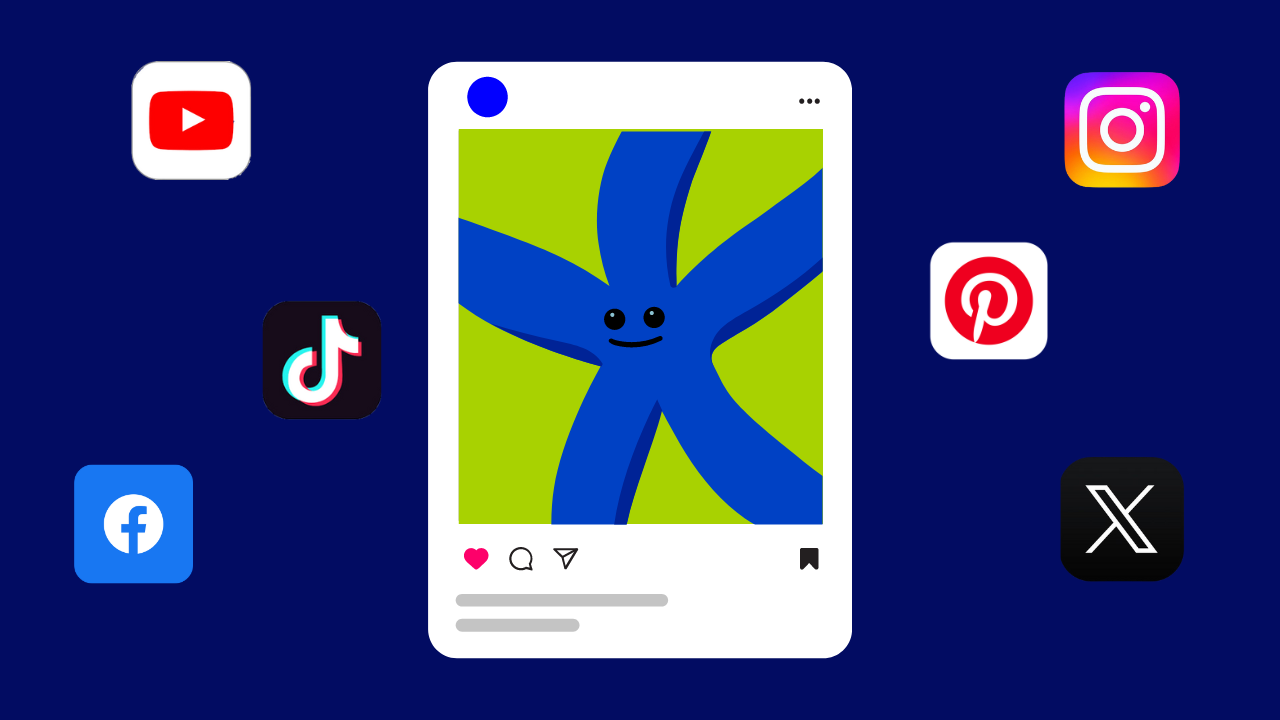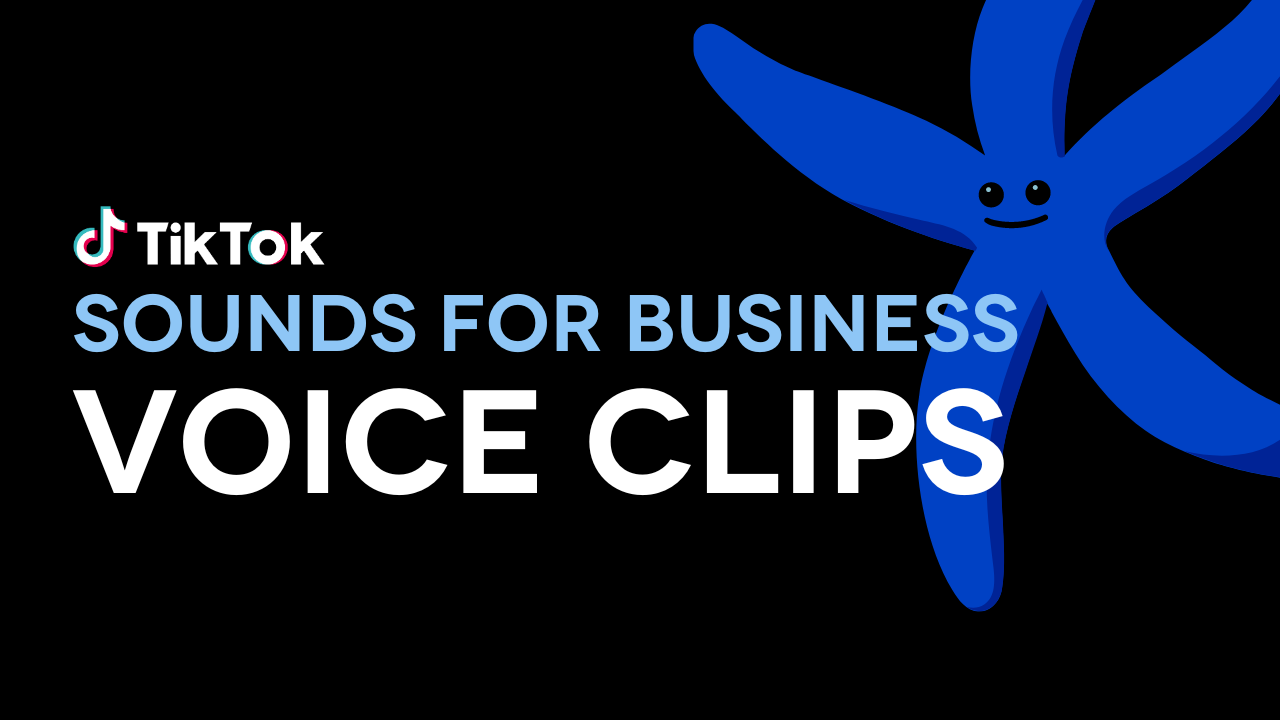The article was originally published in Adweek.
The evolution of consumer behavior has accelerated dramatically over the last decade, and targeting consumers has become harder than a game of cat and mouse for many marketers. Shifting preferences, technological advancements and the rise of social influence have throttled major CPG brands’ dominance and left new market share ripe for the taking.
Simultaneously, many CPG brands are shifting their budgets toward digital, with marketers projected to spend nearly $100 billion on digital ads in 2018. This signals an opportunity for marketers to become more sophisticated with their targeting strategies, while undergoing greater scrutiny for how those dollars are spent. As such, brands are re-examining the way they leverage their marketing investments.
First up? The agencies. In 2016, Publicis initiated what would soon become an emerging trend of agency partner consolidation. Marketing powerhouses like WPP and Omnicom Media Group have all followed suit, with each company citing scale and efficiency as the catalyst for their decisions.
Fortune 500 companies like Proctor & Gamble, Sprint, Unilever and L’Oréal have also eliminated agency partnerships to cut costs, centralizing content creation and distribution in-house.
Dynamic consumer behavior now requires marketers to scale the delivery of nuanced messages at more competitive costs. Emerging industries like influencer marketing are proving to be one tool that brands can use to drive considerable efficiencies across channels.
In The Value of Influencer Content 2017 report, Linqia surveyed 207 marketers across across a variety of industries (such as CPG, food and beverage, media and retail) as well as their agencies. The research found that using influencers for content creation typically costs 2.6 times less than working with a professional for a similar output. In addition to cost savings, 51 percent of marketers that repurpose influencer content report that it outperforms brand-created content, and a number of brands have found that repurposing influencer content can drive up to three times more efficiency from media placements.
As CPG brands look to become more efficient with their ad spend, they are turning to influencer marketing programs as a test environment for their digital marketing efforts. The move to incorporate more consumer- and user-generated content does not mean that brands will cut ties with their agencies completely. However, it does signal a shift in how these brands will approach their creative strategies in the future as influencers become vital partners in their content marketing strategy. How this unfolds will vary based on the maturity level and organizational structure of the brand.
Here are a few recommendations to keep in mind when looking to drive greater synergies from your influencer and content marketing programs.
Take inventory of your content creation sources
There will always be a need for agencies to produce branded content and hero creative, however, not all of the content your agency is producing is best served by a centralized model. Identify areas where you can start to test content creation at scale, using influencers or professional producers, and where you might be able to repurpose content from other campaigns that you’re currently running.
Evaluate your influencer marketing partners
Instead of just looking at the media value of these investments, examine how the content performs by influencer type and, if possible, by specific influencer. Does celebrity content outperform micro-influencer content or vice versa when it’s repurposed? What is your effective CPE, CPC or other KPI when that content is repurposed, and how much did you pay to achieve that result across partners, including licensing rights? This will enable you to identify which influencer content sources are the best picks to fuel your engine.
Test content across platforms and audience segments
All channels are not created equal. The way a fashion influencer engages her audience on Instagram will be completely different than the way a parenting influencer engages her audience on a blog or Facebook. Seize opportunities to test and learn across a variety of channels, refining your content targeting strategy as you go. This will allow you to identify the nuances of each audience segment and serve the right message on the right platform to the right people at the right time.
To be successful in today’s market, marketing dollars will need to be invested smarter, not harder. Capitalizing on evolving market opportunities like influencer marketing is a strategic lever that CPG brands can pull to drive greater efficiency from their media while creating synergies across platforms and investments. Marketers who adopt this approach now will have a competitive edge, keeping pace with evolving consumer behavior and capturing market share.
